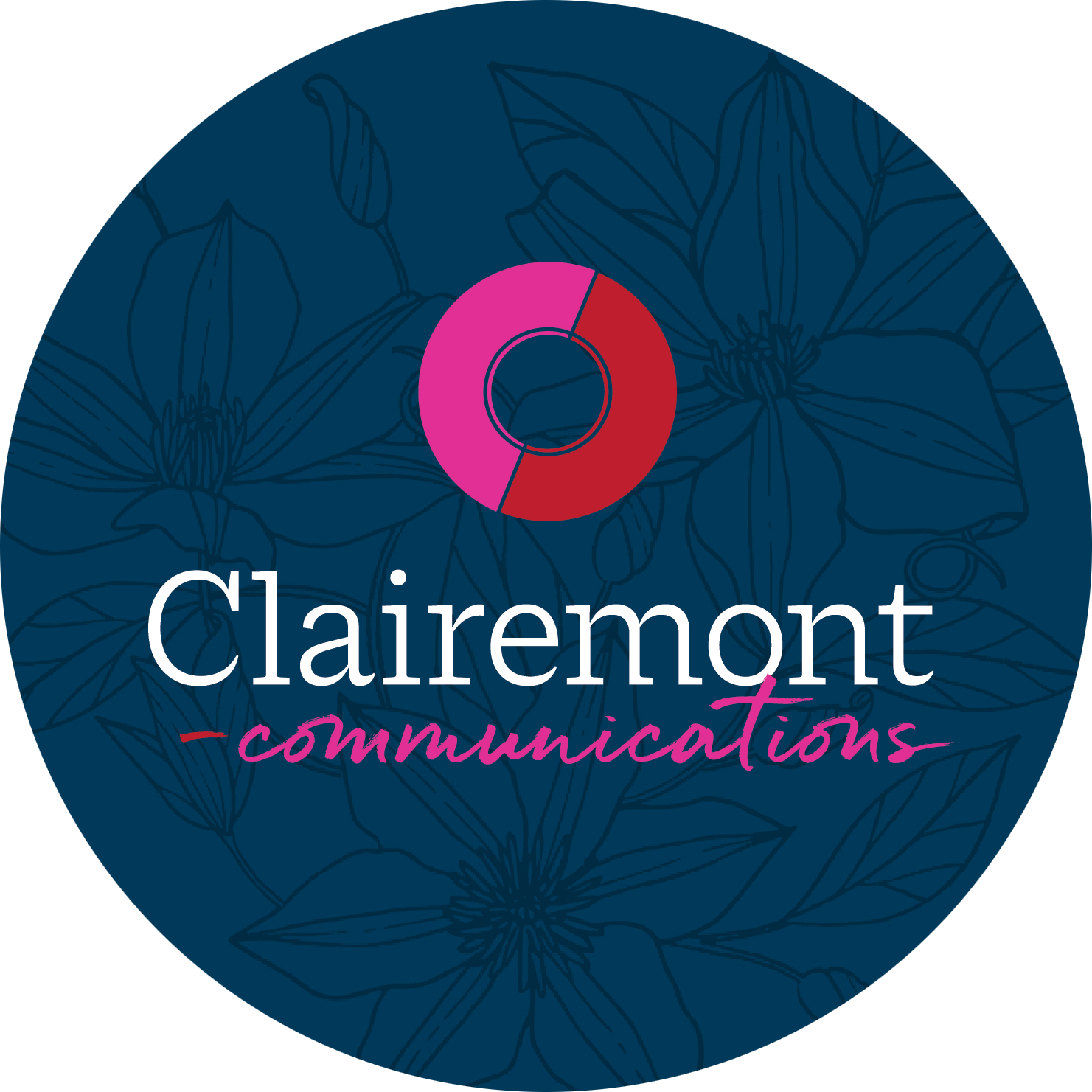Colors and marketing are complementary. They work together, bringing vivid visualizations to campaigns, persuading buying decisions and shaping consumer perceptions. The strategic use of hues and shades not only makes a business logo stylish, but it also communicates a clear message to your audience.
When it comes to your brand’s image, what kind of picture are you painting?
The Psychology of Color in Marketing
People tend to associate certain colors with specific emotions, making color a valuable communications and marketing tool. For example, red conveys power, strength, hunger or love, while blue channels a calm, cool and collected vibe. Therefore, knowledge and application of the emotions that color can evoke are vital to any brand campaign or advertising endeavor.
Recognizing that colors can communicate feelings, emotions and perceptions in relation to a brand is powerful knowledge.
Painting Your Brand in a Positive Light
In the study titled Impact of Color on Marketing, analysts found that up to 90 percent of a brand’s first impressions are made on the basis of color. Potential consumers make snap judgments on colors and brands based on perceived appropriateness of the use of the color with a specific brand. In other words, consumers want to know: do these colors align with what this brand is selling?
What would Coca-Cola be without its uplifting and energetic red logo? Would anyone easily recognize a Tiffany’s package without its signature teal box and white ribbon? If McDonald’s made its golden arches green, how would it influence its brand image?
At Clairemont, we love the happy hues of pink, teal and light green.
- Pink showcases our imaginative campaign ideas and boundless creativity.
- Green highlights our desire for personal and professional growth along with our team’s positive energy, of course!
- Teal emphasizes Clairemont’s professionalism and reliability, and channels our signature “keeping calm under pressure” promise.
As Coco Chanel says, “The best color in the whole world is the one that looks good on you.” As your organization crafts campaigns, brainstorms social media posts and launches advertisements, consider which colors “look good” on your business. How do they further your message and align with your brand’s mission?
Brightening Audience Impact
When we use colors effectively, we not only catch our audience’s attention, but we also increase its memory, engagement and knowledge of our brand.
Flashing back to 2000, Heinz took its classic red ketchup and made it green. This innovative “EZ Squirt Blastin’ Green Ketchup” sold more than 10 million bottles in its first seven months on the market. Changing a condiment color from red to green led to Heinz raking in about $23 million in sales that year, its highest revenue increase to date. Kids’ excitement over colorful ketchup led to orange, purple, teal, blue and pink joining the product lineup. While the hype for this wonderfully weird product ultimately died down, it was enough to garner attention to the Heinz Company and significantly boost sales while the product was popular.
Heinz hasn’t been the only company to recognize the power of color. When Apple introduced a stock of colorful iPhones, Macbooks and iPods, the simple shift of color in its product offering revitalized its brand and sales. Even Skittles’ long-running advertising slogan “Taste the Rainbow” is clear evidence of color’s influence in marketing campaigns.
Curious for a deeper look into color and its impact on an audience? Give this guide a read!
Colorful Personalities
Your brand isn’t the only thing that can be explained and better understood using color theory. The True Colors Personality Test uses four colors — green, blue, orange and gold — to classify and describe an individual’s core traits and motivations.
Using the method of color to understand values, self-perception and preferred methods of communication is an interesting tool that can be leveraged to improve self-awareness and communication with teammates and peers.
Curious about your true color? Take the test here!
From personalities to branding, color possesses the power to make a positive impact. So don’t be afraid to get creative and scribble a little outside the lines.
Orange you glad you gave this a read? Give a few more of our bright ideas a skim in the Creative Challenge section of our blog!
By Clairemont intern Anna Beth Adcock, a senior at NC State.

